“Late in the morning of the last day of 1942, without ceremony, Dudley W. Morton took command of Wahoo. Back at the apartment, my new captain told of the PCO (Prospective Commanding Officer) school he had attended just before coming to Pearl.
“‘Commanders Patterson and Hensel were our underway instructors, and while I was on the scope calling angles on the bow, reading the telemeter scale for the range, giving orders to the steersman for rudder and speed, whirling the ISWAS, and checking plot for the new course, the instructors would be making entries in their notebooks. After the approach, they’d compare my actions that were recorded in the Quartermaster’s Notebook with their recommendations. Because they could concentrate solely on conning, they almost always arrived at better submarine maneuvers and more quickly.’
“Captain Morton paused, but only long enough to bring over a bottle of ale, and then continued.
“‘Now you’re going to be my co-approach officer, not my assistant. You’ll make all of the approach and attack periscope observations, or on the TBT if we’re on the surface. I’ll conn Wahoo to the best attack position, and then you’ll fire the torpedoes.’
“He paused again, and his serious countenance changed to the usual engaging smile as he added, ‘This way I’ll never get scared.’
“This opportunity and sharing of responsibility was new within our submarine forces. I answered with a simple, ‘I appreciate your confidence, Captain. . . .’”
– Rear Admiral Richard O’Kane, Wahoo: The Patrols of America's Most Famous World War II Submarine, page 114
In this passage, Executive Officer Richard O’Kane describes in a subtle manner a revolution in submarine warfare conducted by his commanding officer, Captain Dudley “Mush” Morton.
In their conversation over ales, Morton describes how he was trained by the Navy to captain a submarine. As the reader can surmise from Morton’s description, the captain was normally on the periscope and performing a multitude of actions and responsibilities at once—making telemeter readings, giving orders to the steersman, making calculations from the ISWAS (a circular slide rule) for the approach and attack, and plotting the courses of the submarine, the target, and the torpedo trajectories. With all of that going on, one can see that a captain’s attention might be spread thin.
Morton’s genius as a commander was to follow his instincts as a warrior and hunter of the enemy. He noticed that his instructors were able to focus solely on getting the submarine into the best position during the training exercises, and their recommendations and calculations were more accurate than he could contrive on his own. So his solution was to share ultimate responsibility by relying on his Executive Officer to perform the mechanical tasks in executing an attack, while he would be on the conning tower of the submarine on the surface of the ocean, getting the submarine in the best strategic position to attack and subsequently escape the action.
To make this arrangement work, he would need a partner that he completely trusted for his Executive Officer.
These considerations are what make this passage in O’Kane’s memoir of his time on the USS Wahoo so memorable. It is not only that the matters being discussed between the two officers are new, revolutionary methods of submarine warfare, upon which matters of life and death hung upon their ability to make the arrangements work, or that Morton left much unsaid about his trust and faith in his underling. The passage is doubly impactful because of the casual manner in which the conversation is conducted. Not only do they have this talk off the boat in an apartment in Hawaii, but the tone is itself casual to the point that after Morton unveils his radical new plans to O’Kane, he feels secure enough to joke with him that he would never have to feel scared. And in his personally understated way, O’Kane’s simple reply deeply underscores the bond which has just been sealed between the two men.
Captain Dudley “Mush” Morton would be Richard O’Kane’s mentor, but their relationship was much more than that. They were partners. And together, their partnership would drive the USS Wahoo to pioneer an aggressive new style of submarine warfare that would make them legends before the year 1943 was over.
Notes: This is the third post in a series exploring books about submarine warfare during World War II. Read Part One. Part Two. Part Four. Part Five. Part Six. Part Seven. In a parallel series of History Through the Viewfinder posts, Dr. Huxen is revisiting the making of the interactive exhibit Final Mission: USS Tang Submarine Experience. Read Part One of that series. Part Two. Part Three. Part Four. Part Five. Part Six. Part Seven.
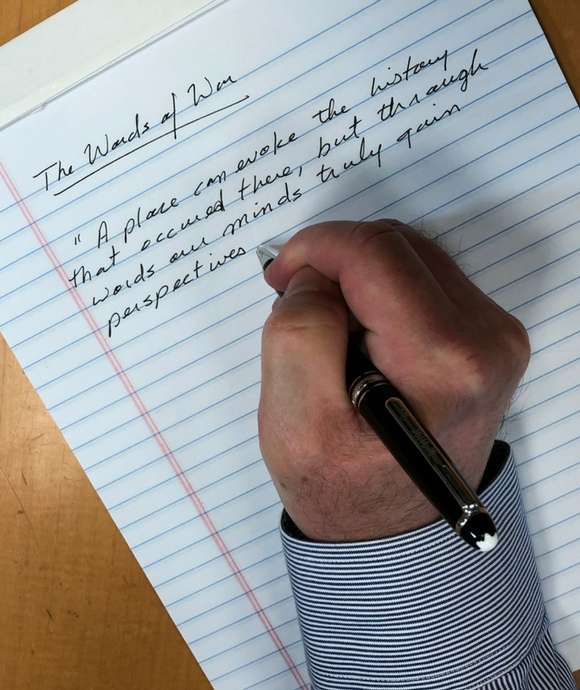
“A place can evoke the history that occurred there, but through words our minds truly gain perspectives and understanding of what it was like to know, feel, experience, hope, fail, triumph, and live through events from which we ourselves were absent. The written word is our most intricate map to retrace and reconstruct what we think happened, and ultimately brings us back to ourselves.”
– Keith Huxen, PhD, Senior Director of Research and History, The National WWII Museum
Keith Huxen
Keith is the former Senior Director of Research and History in the Institute for the Study of War and Democracy at The National WWII Museum.
Cite this article:
MLA Citation:
APA Citation:
Chicago Style Citation:
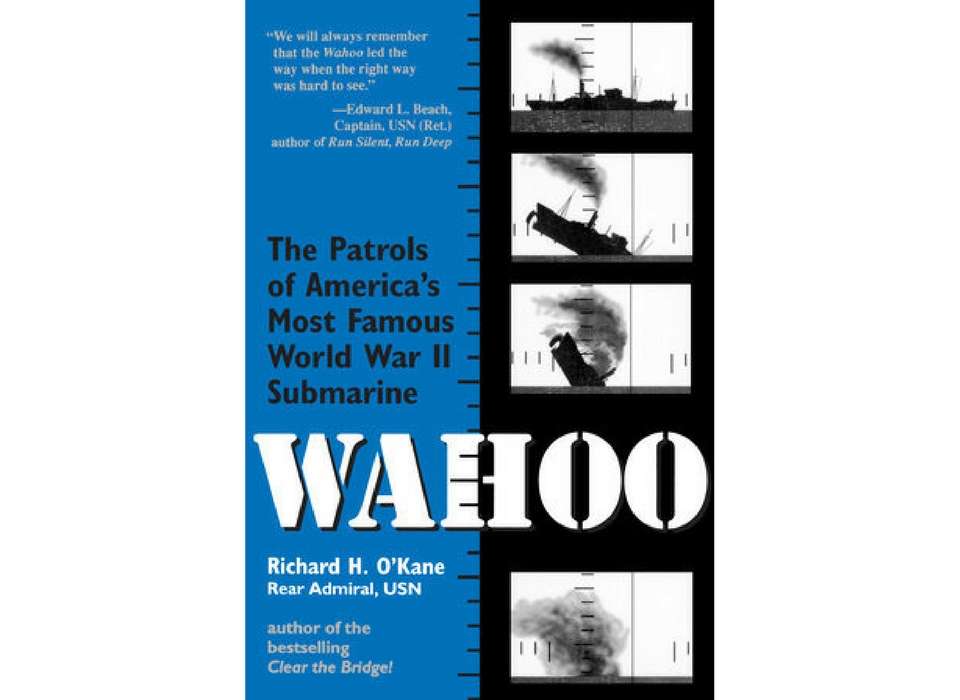

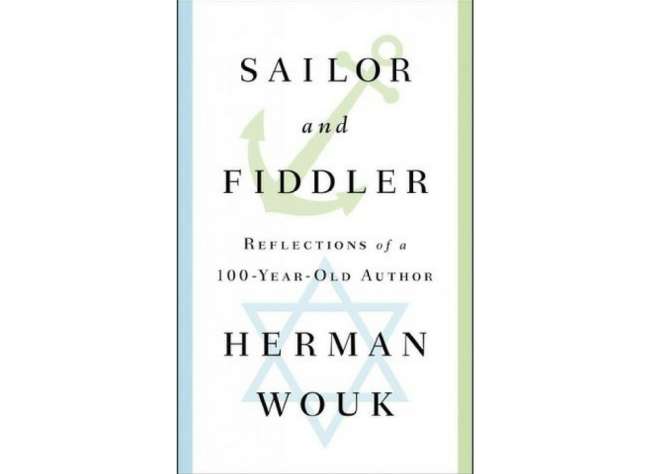
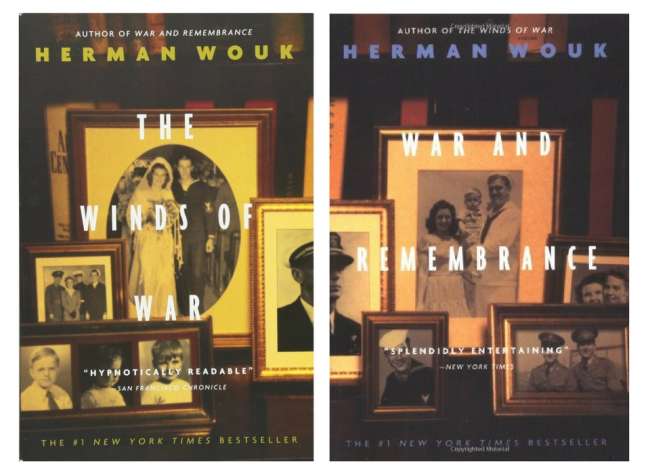
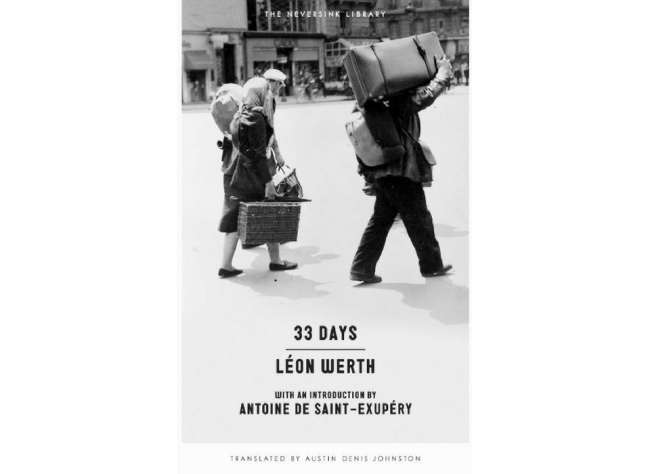
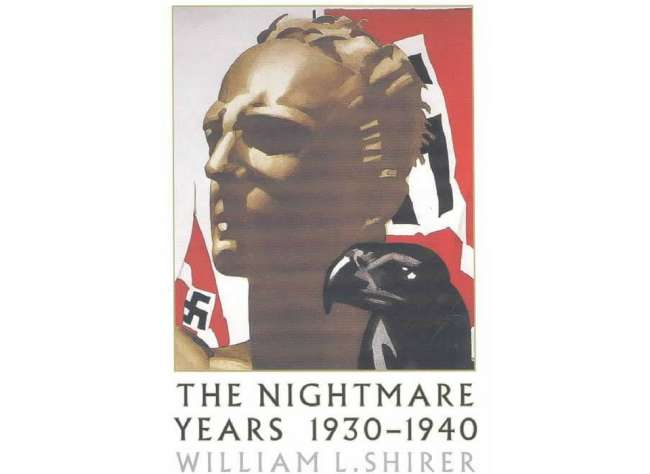





![Max Fuchs, New York City cantor, sings as Rabbi Sydney [sic] Lefkowitz, Richmond, VA, conducts the first Jewish services from Germany.](/sites/default/files/styles/max_650x650/public/2025-10/image1.jpg)

